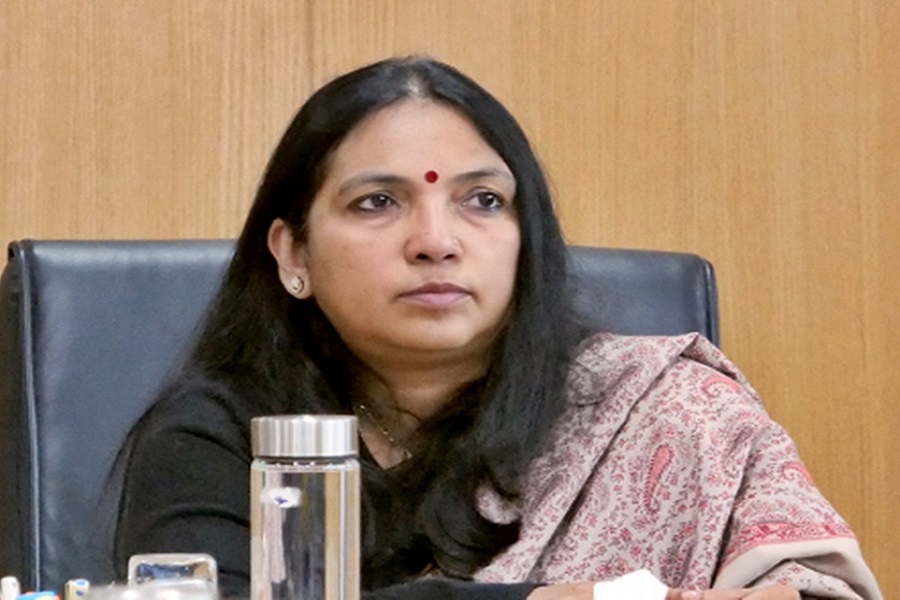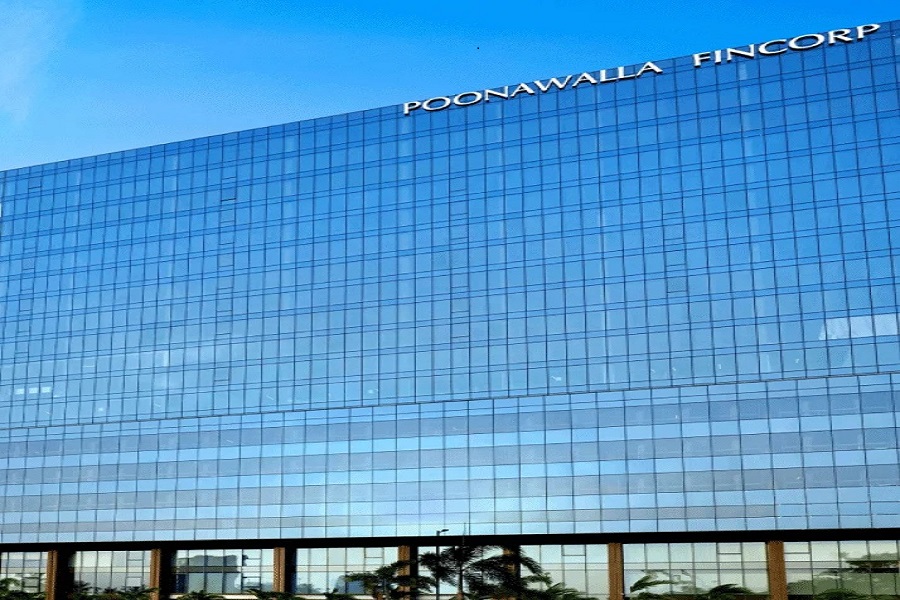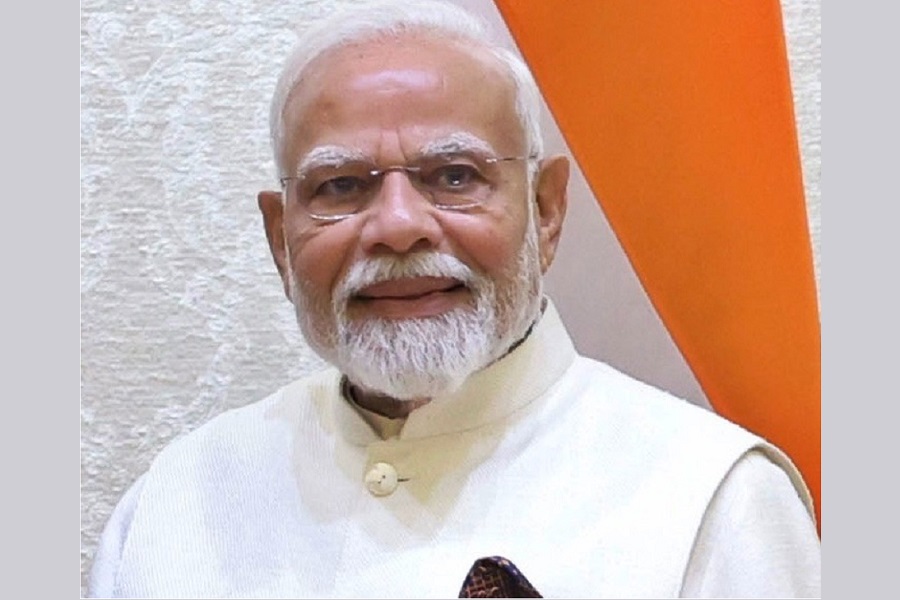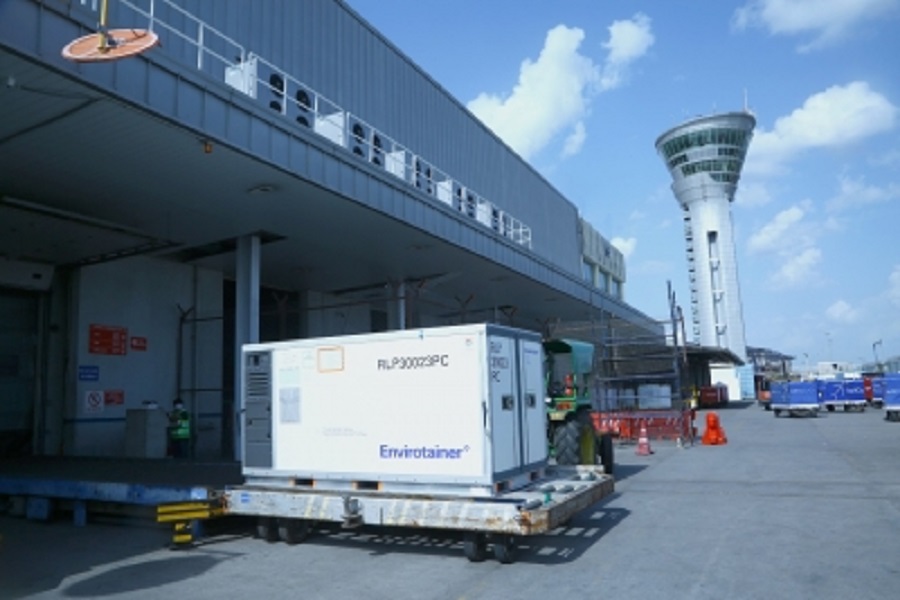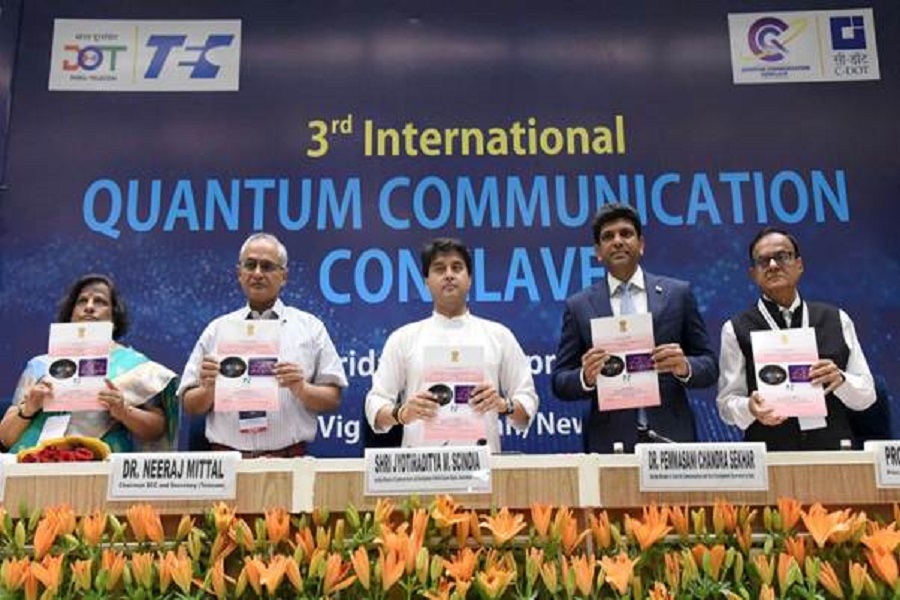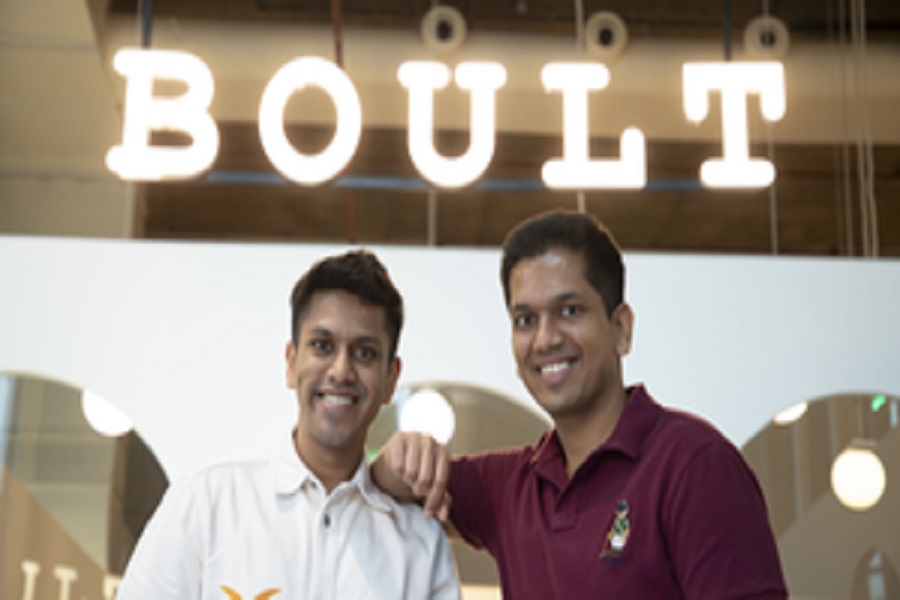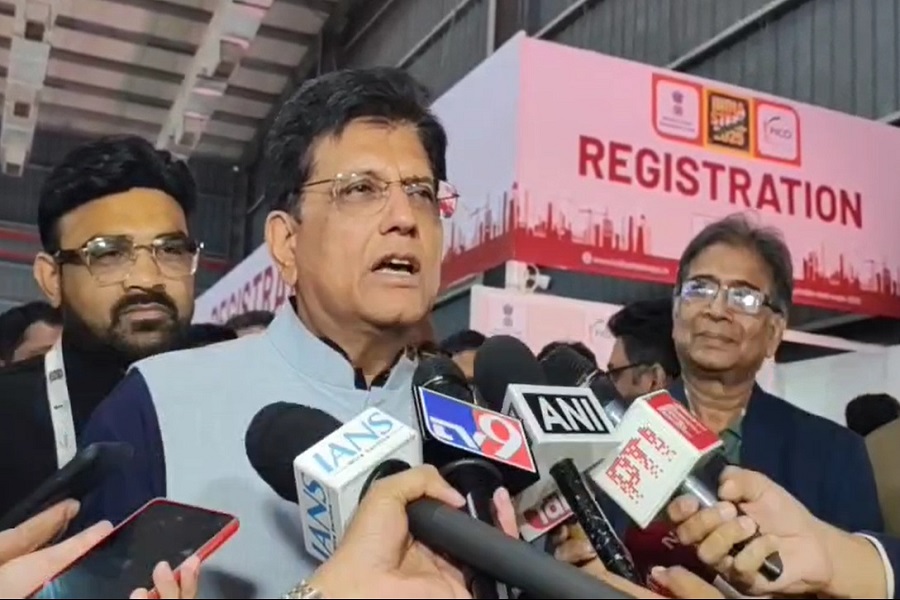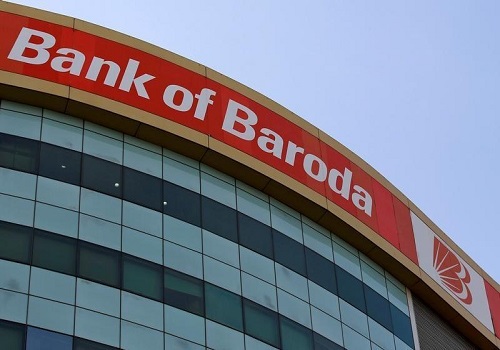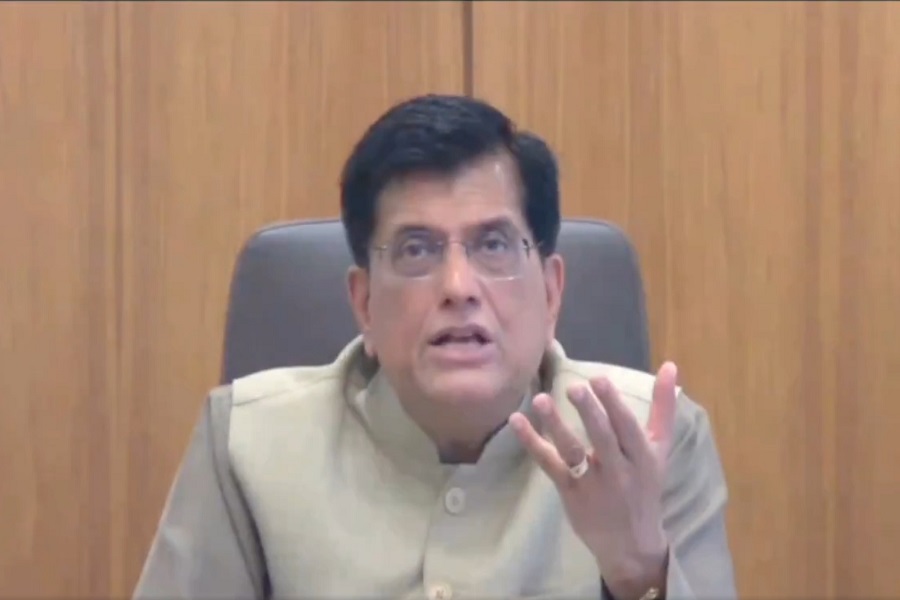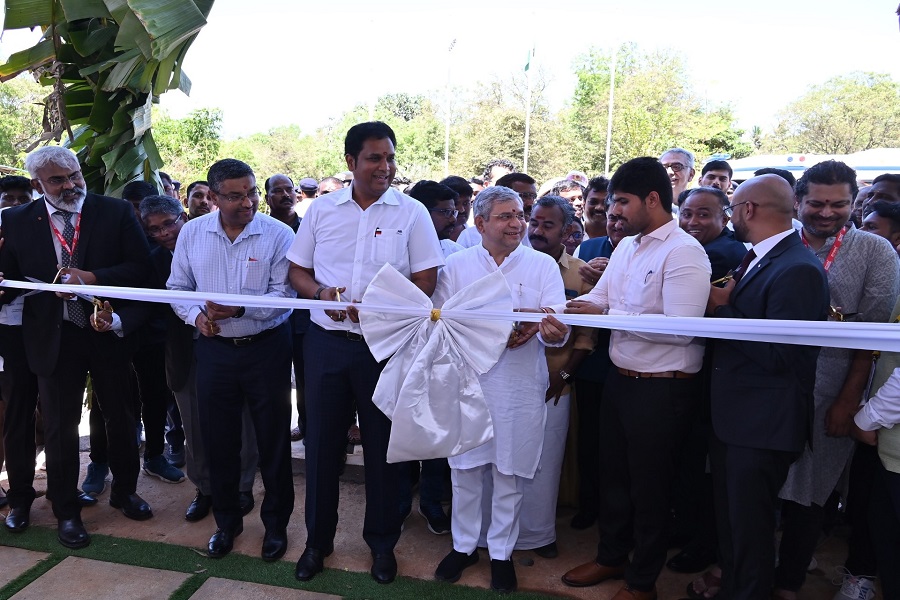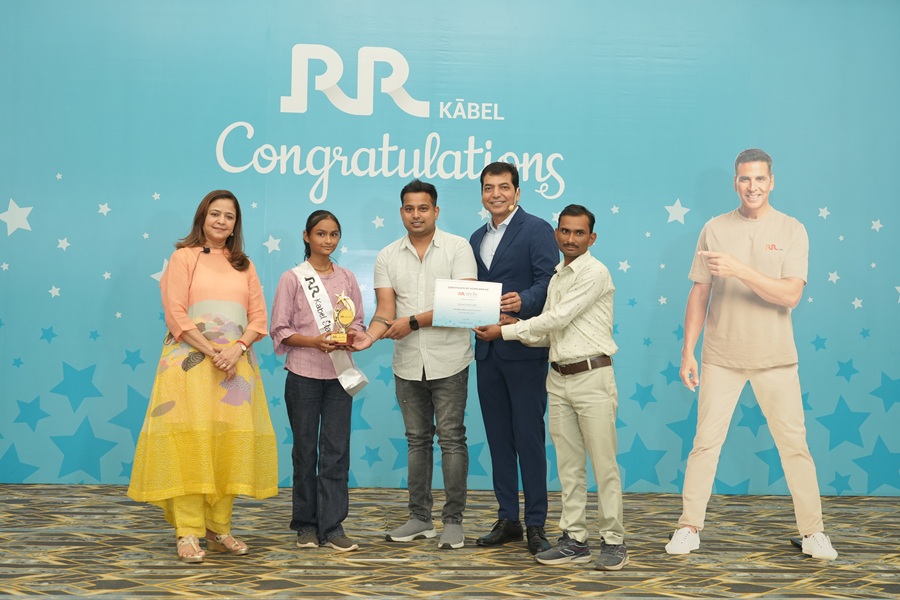Diet Report : eCommerce firms target non-metros By Elara Capital

eCommerce firms target non-metros
Amazon is set to introduce a new vertical, Amazon Bazaar, which features affordable, and non-branded fashion & lifestyle products, as per a news report by the Economic Times on 21 February. This strategic move aims to attract a value-conscious customer base in Tier II & III markets in India amid a slowdown in demand for mass market products and slow user acquisition. Amazon Bazaar is actively enrolling sellers, encouraging them to list non-branded products, such as apparel, watches, shoes, jewelry, and luggage priced below INR 600. To incentivize participation, Amazon is proposing a zero-referral fee for merchants, particularly crucial for products with a low average selling price. This initiative mirrors successful ventures, such as Meesho and Flipkart's Shopsy, while Reliance also is developing, Ajio Street, its low-priced products platform.
The eCommerce market in India has seen a significant shift recently with user growth converging in the past few years. User growth has hit a plateau as metro and urban markets have reached a fair penetration level. During the recent festival season, online retailers saw huge sales growth as well as user acquisitions in Tier II & III markets, due to :1) increased internet penetration, 2) changing consumer behavior, 3) growth of local marketplaces, and 4) better supply chain & fulfillment network. We expect revenue growth of eCommerce platforms in metros and Tier I cities to be frequency- and average order value (AOV)-led, given: 1) rising income levels, and 2) higher purchasing power whereas growth in Tier II & III markets is expected to be new user-led. We expect premium online eCommerce to bolster revenue growth and profitability of eCommerce firms as they feature better margin products and may drive higher ad revenue for eCommerce brands.
User growth converges; focus shifts to profitability
The eCommerce market in India has seen a significant shift lately with user growth converging. For e.g., while Nykaa’s online BPC registered a monthly transacting user CAGR of 53.8% during FY20-22, it fell sharply to 25.0% YoY in FY23. On a similar note, Zomato’s online food delivery, which posted a monthly transacting user CAGR of 32.5% during FY20-22, grew by a mere 9.4% YoY in FY23. This indicates user growth has hit a plateau for these eCommerce companies, as they have traditionally focused on the metro and urban markets in the past few years to drive better profitability. During the recent festival season, online retailers saw sizeable growth in sales and users in Tier II & III markets, due to 1) increased internet penetration, 2) changing consumer behavior, 3) growth of local marketplaces, and 4) better supply chain & fulfillment network. There was a 31.4% penetration (as a percentage of internet users) in total online shoppers to 220mn at a CAGR of 25.4% during FY20-22, as internet users during the same period posted a CAGR of 4.7% during FY20-22 to 700mn users, registering a 49.6% penetration level (as a percentage of population), led by increased online adoption in the post COVID era and more time spent on eCommerce vs search platforms. According to e-Conomy report, out of 700mn internet users in India, ~470mn are social media users at ~67% penetration, ~570mn are online video streamers at ~81% penetration, ~350mn are digital payment users at ~50% penetration whereas ~125mn are online shoppers at ~20% penetration, which showcases the penetration as well as growth opportunity in the online shopping space in Tier II and III markets.
User-led growth largely limited to Tier II & III markets
The eCommerce landscape in India has transcended urban boundaries, capturing the attention of rural areas. Diverse consumer micro-segments are emerging, with seven out of 10 online shoppers residing in Tier II cities, and a significant portion being Gen Z individuals. About one-third of online shoppers are low or middle income. E-commerce platforms, such as Zomato, Nykaa, Flipkart and Meesho together derive ~40-50% of revenue (average) from Tier II & III markets, which shows this market is a focus and has potential for growth.
Amazon’s focus on Tier II & III markets could increase competition for existing platforms. Flipkart, Myntra, Amazon and Meesho have 340mn, 60mn, 295mn and 120mn monthly active users (MAU), respectively. We expect revenue growth of eCommerce platforms in metros & Tier I cities to be frequency- and AOV-led, given: 1) rising income levels and higher purchasing power while growth in tier II & III markets is expected to be new user led as AOV and frequency remains lower. Companies, such as Zomato and Nykaa, have been focused on increasing their frequency, led by levers, such as: 1) introduction of loyalty program, GOLD by Zomato, and 2) higher dependence on personal care (hair & skin) vs pure color cosmetics.
eCommerce divided between premium and mass segments
India’s eCommerce arena is witnessing increased competition, due to emergence of new firms, such as Meesho, Blinkit, Swiggy Instamart, Zepto, and Shopsy. Another interesting trend in the eCommerce space is superior growth in the premium eCommerce market. For e.g., the premium smartphone market (models priced above INR 33,000) is experiencing robust sales growth while smartphones in the range of INR 8,000-12,000 have witnessed a decline. This shows segregation in the eCommerce space with premium products seeing better growth. As evident, Nykaa has tied up with global brands, such as Huda Beauty, Anomaly, Sol De Janeiro, and Elf , to sell products in India as they see high demand of premium cosmetic products in India. We expect growth of premium online eCommerce to bolster revenue and prospects of eCommerce companies as higher margin products, in turn, can offset losses and low margin in low AOV orders.
Higher user conversation may lead to better ad revenue
Increased user conversion and higher customer acquisition in Tier II and III markets are expected to drive higher ad revenue for eCommerce brands, which, in turn, could result in better profitability. Nykaa’s ad revenue growth from BPC slowed to 3.2% YoY in 9MFY24, due to 1) brands adopting direct to consumer (D2C) approach, and 2) shift toward other BPC platforms & social media companies; however, better user-led growth can help attain a larger target audience and drive ad revenue growth in the medium term. Similarly, Zomato's food delivery business relies on elevated ad revenue for higher take rates, which could be further enhanced by an increase in transacting users. In the over-the-top (OTT) sector, a higher penetration of video subscribers is crucial for bolstering ad revenue, in our view. With India's total video subscribers reaching 68.5mn in CY22 at a CAGR of 34.4% during CY19-22 (Source: EY FICCI), the potential for huge growth in Tier II and III markets, driven by increased internet and smartphone penetration, could benefit firms, such as Jio, especially with its offer of free-of-cost IPL content
Please refer disclaimer at Report
SEBI Registration number is INH000000933
